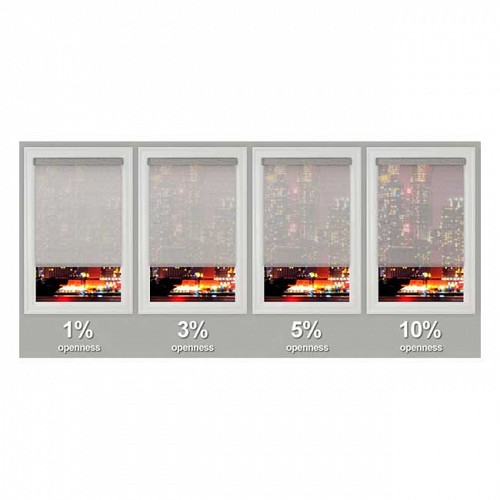
Opacities range from 1% to 10% openness in weave
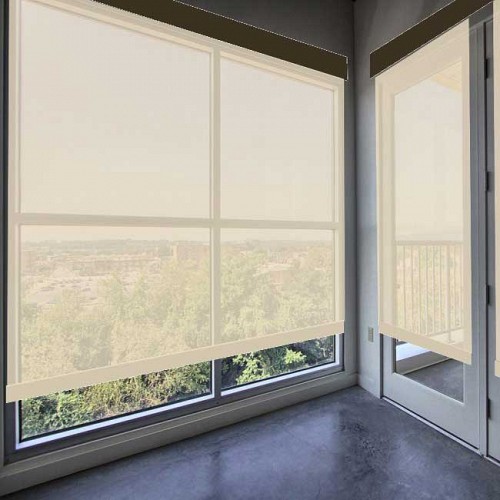
Example of sheer solar fabric
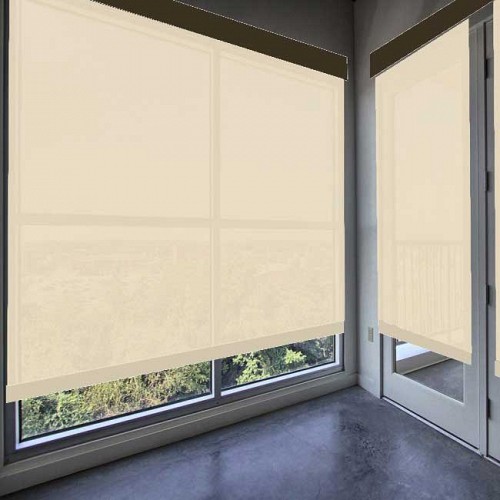
Example of light-filtering solar fabric
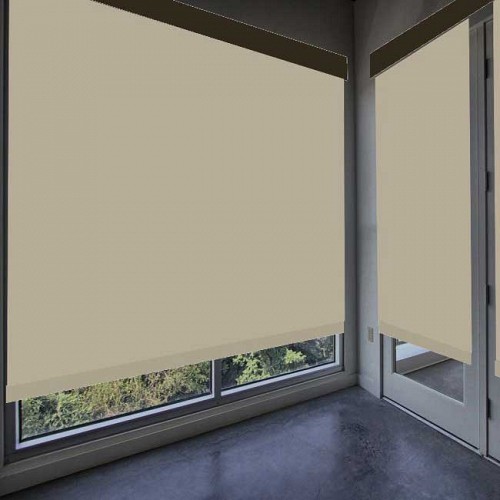
Example of blackout solar fabric
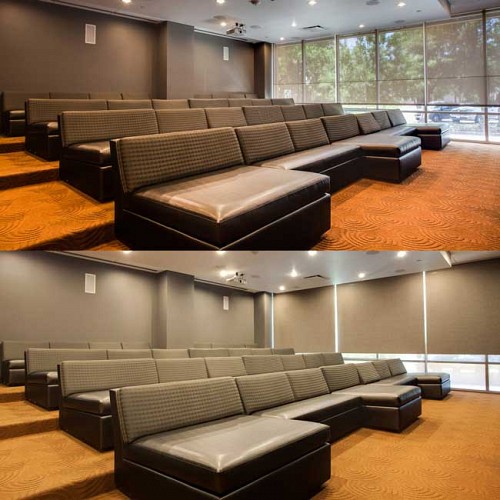
Dual roller shades in sheer solar fabric + blackout fabric
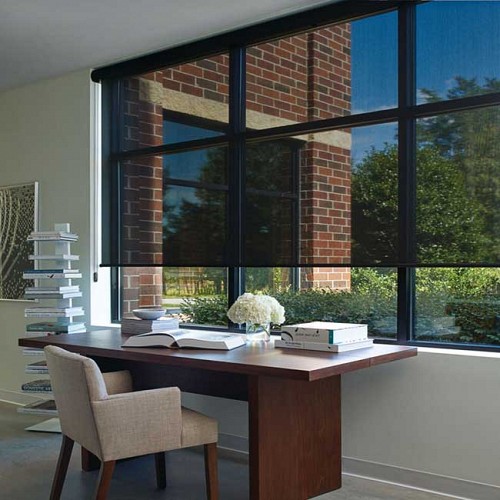
Sheer solar fabric in a dual roller shade installation
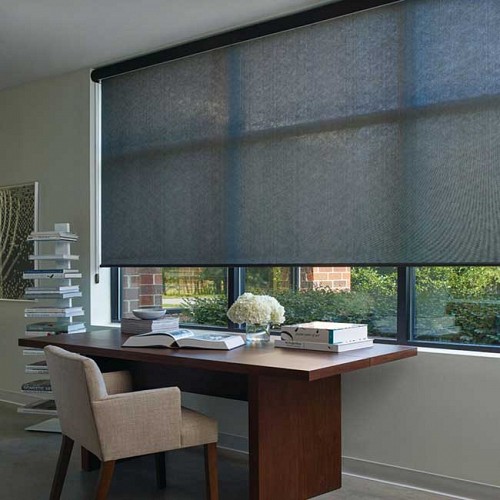
Room darkening solar fabric in a dual roller shade installation
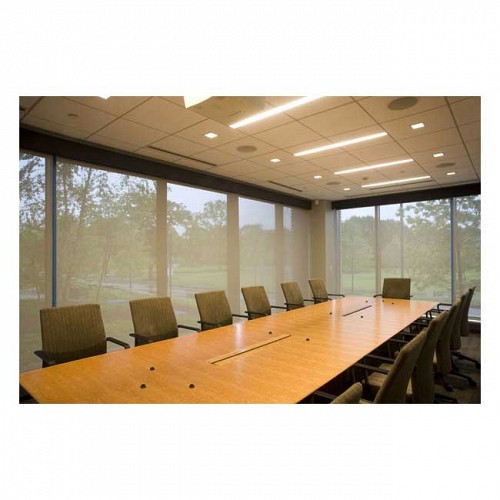
Sheer solar fabric in a dual roller shade installation
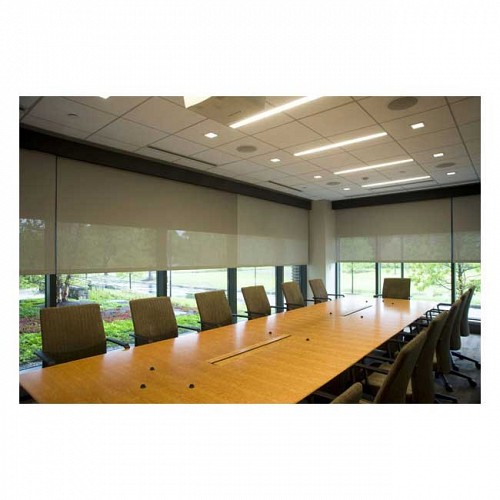
Sheer + blackout solar fabrics in a dual roller shade installation
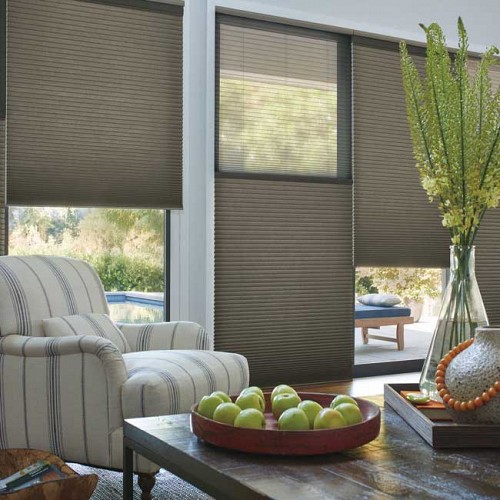
Sheer + room-darkening cellular shades combined into one system
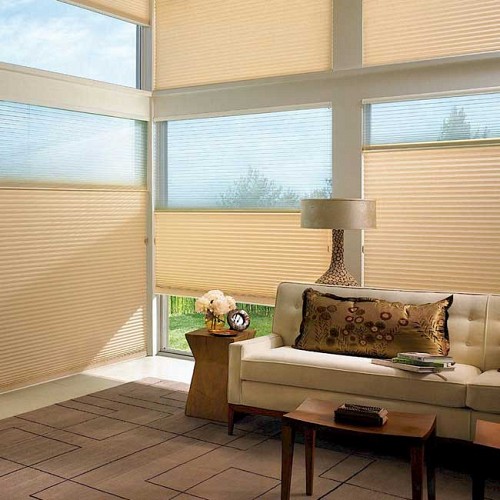
Sheer + light-filtering cellular shades combined into one system
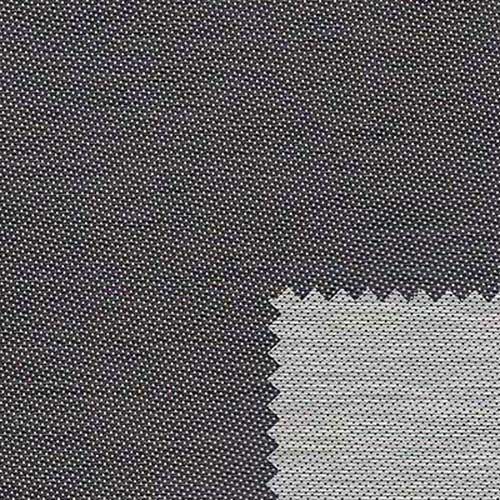
Duplex solar fabric: Dark interior face + light exterior face


Degrees of Light Control
You can select the fabric for your window treatments to control the amount of light transmission and visibility both in and out, balanced with the required level of privacy. The two main factors to consider are the openness of the weave and the color of the fabric.
OPENNESS OF WEAVE
The degree of light transmission and visibility is indicated by the percentage of openness in the fabric weave – the higher the percentage of openness, the more light and heat gets in, and the more visibility is possible through the fabric. The lower the percentage, the tighter is the weave structure – resulting in greater shading, cooling, and privacy.
- Sheer | 10% Open
Fabric transmits a significant amount of light, allowing a clear view of what lies beyond; people and objects are visible from inside and outside.
- Light Filtering | 3-5% Open
Light is filtered to varying degrees depending on fabric style and color; silhouettes of objects and people are visible. Provides moderate light control and privacy.
- Room Darkening | 1% Open
Light is substantially blocked; offers significant privacy, though vague shadows of objects or people may be visible. Greater room darkening is achieved with darker colors.
- Blackout | 0% Open
Opaque fabric blocks all outside light for total privacy; prevents shadows and silhouettes. To avoid visibility or light leak around the edges, an outside mount with overlap is recommended, or add a secondary treatment to cover the gap.
- The percentage openness factors above apply specifically to roller shade (a.k.a. “solar shade”) fabrics, but the terminology applies in general to cellular shades, drapery, and other verticals as well.
For maximum flexibility, consider using two treatments – a sheer or light filtering layer for mitigating light transmission while allowing views, plus a separate room-darkening or blackout layer for privacy or audio-visual presentations when needed. Dual roller shades or "sun up / sun down" cellular shades offer this benefit, as does the traditional solution of sheer plus darkening draperies.
FABRIC COLOR
For optimal light control with roller shades, fabric color also is an important consideration.
- Dark Color Solar Fabrics
- Absorb more solar radiation, which can increase cooling load
- Greatly reduce harsh incoming light

- Excellent view-through in daylight

- Superior glare reduction

- Light Color Solar Fabrics
- Reflect more solar radiation which can improve energy savings

- Allow more natural illumination into the space

- Diminished view-through in daylight compared to dark colors
- Less glare reduction than dark colors
- “Duplex” Solar Fabrics
- Combine the strengths of dark and light color fabrics
- Dark color inward facing and light color outward facing surfaces
- Allow for heat reduction and glare reduction at the same time

SEE FOR YOURSELF
To see the effect that fabric color and openness factor can have on view-through, click here for an interactive view-through simulator. Note: this link will open a page of the Draper Inc. website in a new tab.

































